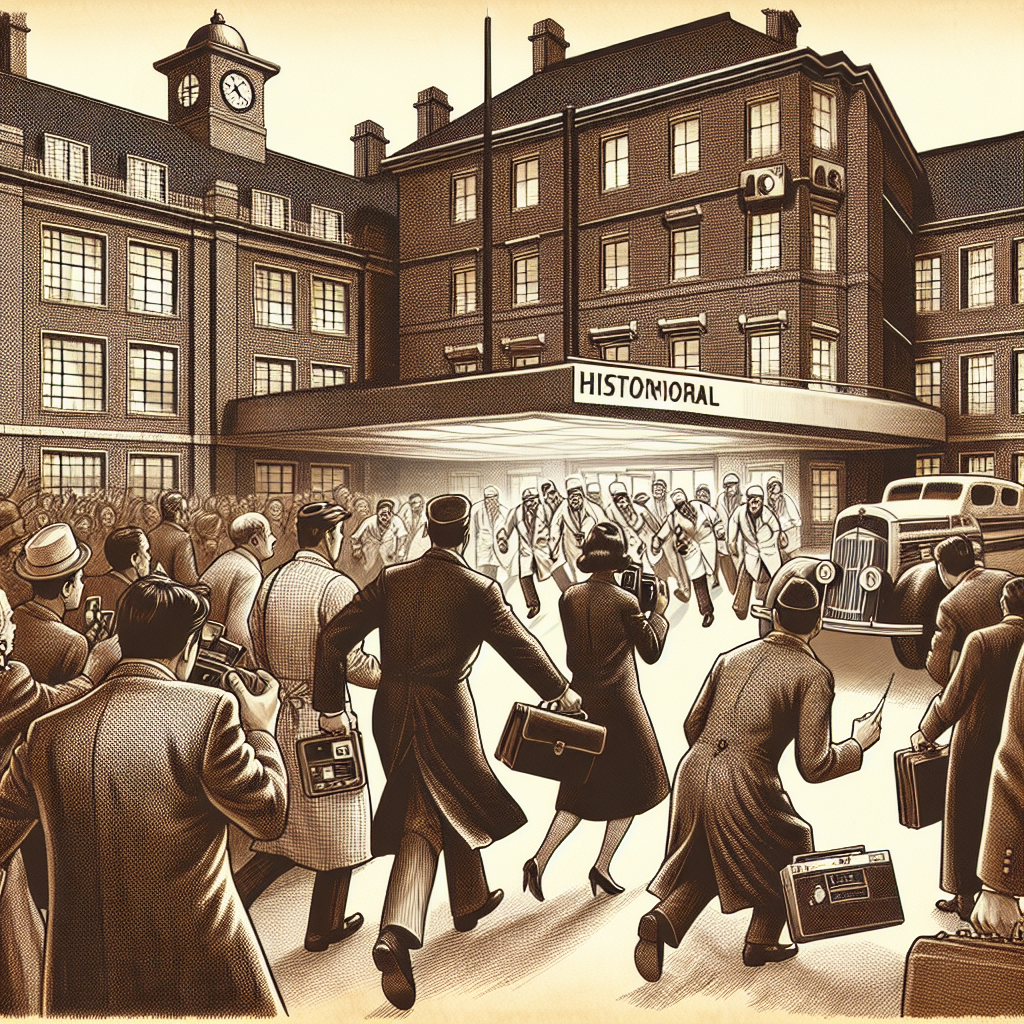The events surrounding the removal of President John F. Kennedy’s body from Parkland Hospital on November 22, 1963, have become a significant part of the historical narrative surrounding his assassination. A widely recounted scene depicts a tense confrontation between Secret Service agents and Dallas medical officials, particularly medical examiner Earl Rose, who insisted on retaining custody of Kennedy’s body for an autopsy as required by Texas law. The conventional portrayal often emphasizes the Secret Service’s urgency to leave the hospital and return to Washington with the casket, highlighting dramatic moments of persuasion and threats before ultimately departing. This narrative, particularly popularized in Oliver Stone’s film “JFK,” raises questions about its accuracy and the motivations behind the heated exchanges that transpired that day.
The conventional retelling of the encounter suggests that the Secret Service agents fumed as they confronted Earl Rose. Kennedy’s condition was confirmed shortly after 1:00 PM, and the agents wanted to evacuate the President’s remains without delay. Rose, however, was clear on the legal requirements for an autopsy in a homicide case, leading to a stand-off that lasted over 40 minutes. Initially, efforts were made by other medical personnel, including Dr. Kemp Clark, to mediate the disagreement and allow for the body’s release. A legal opinion from District Attorney Henry Wade was sought and received, which would have helped ease the tension, but Rose’s steadfast refusal to comply remained. This standoff resulted in escalating frustration amongst the Secret Service and Kennedy associates, ultimately driving them to forcibly move Kennedy’s casket despite the opposition from medical officials.
Counter to the dramatic interpretations, a more nuanced understanding of the events reveals various motivations and personal implications at play. JFK’s Secret Service personnel and close aides were intensely protective of the fallen president, refusing to consider leaving his body behind for an autopsy in Dallas. Their emotional ties to Kennedy—as fiercely loyal associates—drove their desperate attempts to bring him back to Washington. The first lady, Jackie Kennedy, further complicated matters by expressing her determination to accompany her husband back home, stating her unwillingness to leave him behind in an “awful funeral home.” The personal dimensions of their commitment to JFK’s dignity, especially during such traumatic circumstances, shaped the manner in which they engaged with the medical staff, infusing urgency and heated emotions into the confrontation.
Arrangements for JFK’s autopsy became a critical issue as the Secret Service worked to remove the body from Parkland. Conversations regarding where the autopsy would take place were also significant. Dr. Burkley, JFK’s physician, explained that while the assassination required an official autopsy, security concerns dictated that the procedure should ideally occur at a military hospital. The options contained within this framework included secure facilities such as Walter Reed or Bethesda Naval Hospital. The Kennedys’ deep ties to the Navy made Bethesda the more logical choice, and Jackie Kennedy was amenable to the suggestion, agreeing to the military facility for her husband’s autopsy.
The eventual decision to allow JFK’s casket to leave Parkland was complex, influenced by not only the legal considerations but also personal sentiments from those close to him. Henry Wade’s role in permitting the casket’s removal demonstrated an understanding of the situation’s exceptional nature. The collaboration of Secret Service agents and Kennedy’s associates in persuading medical officials shows a blend of legal maneuvering and deeply felt loyalties rather than a simple narrative of confrontation. In the eyes of those proposing mass theories of conspiracy, the episode at Parkland might appear highly suspicious, particularly if it seemed to be a precursor to an attempted cover-up. However, this line of thinking oversimplifies the emotional, familial, and situational pressures that dictated actions that day.
Ultimately, the historical narrative of JFK’s body and the autopsy decision is not merely a tale of bureaucratic conflict but a poignant reflection of profound personal trauma and protective instincts. The ferocity exhibited by Secret Service agents and Kennedy associates is rooted in their dedication to their leader and friend, alongside a protective determination towards his grieving widow. The undercurrents of these events reveal that any perceived clandestine dealings — while possible — more likely resulted from circumstances of distress and loyalty surrounded by an extraordinary assassination crisis than from a cold, calculated effort to subvert the law for nefarious ends.
In concluding the examination of the Parkland events, it becomes clear that motivations intertwined across individual emotions, legal obligations, and the urgent desire to preserve the dignity of JFK transcended the mere actions of a confrontation. The intricate dynamics of love and loss mixed with the escalation of a tense and historically significant moment cement its place in public memory. As historians and analysts scrutinize the narratives surrounding JFK’s death, it is essential to recognize both the personal stakes involved and the complex political landscape of the era that shaped the decisions made that day, framing a more accurate understanding of the events as they unfolded.

